Canon RF 70-200mm F2.8L IS Review
Dustin Abbott
November 2nd, 2020
Canon has promised us that the new RF mount has created the potential for a lot of new lens innovation and development. There’s certainly been evidence of that, and one of the most intriguing applications has been Canon’s surprisingly compact RF 70-200mm F2.8L IS USM. I was fortunate enough to get to review one while I reviewed the new Canon EOS R5, and it proved an excellent match for that camera. Canon has managed to give us the performance of their typical pro-grade 70-200mm F2.8L IS, but in a package that is nearly 30% lighter and shorter. The tradeoff is that the RF 70-200mm is not internally zooming, so it does extend some when zooming, but I’m loving the tradeoff due to the unique portability I get from the lens. I’ve got an 8L Messenger Bag (I reviewed it here), and, if I skip the lens hood, I’m able to carry it upright in that bag attached to my EOS R5. That leaves room for a second lens in the bag, extending my versatility even while traveling light. That fact alone really makes the RF 70-200L (as I’ll refer to it for brevity in this review) attractive to me, personally.
The RF 70-200L is the telephoto member of the “trinity” of wide aperture, professional-grade zooms for Canon’s relatively new full frame mirrorless ecosystem built around the RF mount. It’s not by accident that some of the earliest lenses to come in the RF mount were the RF 15-35mm F2.8L IS, the RF 24-70mm F2.8L IS, and the RF 70-200mm F2.8L IS, as these constitute the common tools of the trade that many photographers who actually earn a living by photography will use. I’ve shot most weddings and events that I’ve covered using a 24-70 and a 70-200mm F2.8 mounted on two cameras, as there are few shots you cannot get with that combination. This is the first time that Canon has had all three lenses stabilized. It hasn’t been atypical for the 70-200mm to have IS (it is most needed at telephoto focal lengths), but this is the first time that Canon has given us both an F2.8 aperture and IS in their wide angle and standard zooms. And now these as further augmented by the IBIS in the new EOS R5 and R6, and the byproduct is that the RF 70-200L is rated at an incredible 7.5 stops. I saw the value of this on the day I’m working on this section of the review, as my wife had grabbed my EOS R5 with the RF 70-200L mounted on it and taken a picture of my assistant and I at church as I was honoring him. The problem was that she didn’t give any attention to the ISO setting, which turned out to be ISO 100. The shutter speed was only 1/10th of a second, and yet the image is sharp and stable.
So what’s the bad news? Well, in typical Canon fashion, the price tag is going to make you feel like having a little cry before you pull out your credit card. At $2700 USD, the RF 70-200mm is priced at nearly 30% higher than the most recent EF 70-200mm F2.8L IS III. Apparently 30% less lens is going to cost you 30% more. Also sacrificed at the altar of compactness is the ability to use teleconverters, so this lens is strictly going to be used with its existing zoom range. These negatives aside, however, I’ve found the RF 70-200mm to be a rather indispensable tool, great for tracking action, for portraits, for video work, and for general purpose photography. It’s such a flexible zoom range, and the wide maximum aperture gives one a lot of options.
If you would prefer to watch your reviews, you can choose either my long format definitive review or shorter standard review below.
Follow Me @ Patreon | My Newsletter | Instagram | Facebook | Twitter | Flickr | 500px
Thanks to Camera Canada for getting me a loaner of the RF 70-200mm. If you’re in Canada, check them out for a reliable online retailer.
Canon RF 70-200L Build and Features
This is really the first time that Canon has reinvented this focal range in terms of their design since they first switched from the 80-200mm range to the 70-200mm range. That lens, the Canon EF 70-200mm F2.8L, was released in March of 1995, and, since that point, Canon has made revisions to that basic design by adding IS in 2001 along with MK II (2010) and MK III (2018) revisions. One would have to look closely to see the differences between the basic design over the nearly 25 years, as all of them were within 5mm of each other in length and 4mm in diameter. They were all long (typically close to 200mm or nearly 8 inches) and heavy (right under 1500g or right over 3 1/4 pounds). Each was an internally zooming and focusing design, with a fixed length.
But Canon clearly saw an opportunity to reimagine this focal range and aperture combination in a less formidable package for mirrorless. Some of Canon’s RF mount lenses have been smaller than their EF counterparts (but not all), and typically those that are smaller aren’t by an substantial margin. The F1.2 primes have been considerably larger. The RF 70-200L provides perhaps the most compelling version of downsizing that we’ve seen on the RF mount, as this is a lens that is genuinely much smaller than its predecessors. It is more than 50mm shorter (146mm vs 199mm) than the most recent Mark III version of the EF lens, and weighs substantially less at 1070g vs 1480g. This really, really changes the dynamic of how a lens like this can be used. There are many more storage alternatives. It actually fits in my messenger bag (not well, but it fits!). That reduced size and weight makes the lens less intimidating to use, with far less wincing when those not accustomed to using heavy gear. I suspect that if I owned this lens, I would reach for it more often than I would my 70-200mm F2.8 lenses of the past simply because it is easier to bring it along.
This major design decision does bring some negatives, however. The single most important is that there is a rear glass element only about a centimeter from the back of the lens at 70mm, which means that there is no physical room for a teleconverter (either 1.4x or 2x) to be added. This is a serious loss, as many people have treated the EF versions of the lens as their main telephoto option if they occasionally need longer reach. Adding a 1.4x or 2x TC meant that they could also have a 280mm F4 lens or 400mm F5.6 lens, and the 70-200L II or III actually handled TCs quite well. That flexibility is now lost, and one must just use the lens in its natural zoom range alone.
The second issue is probably less serious, though it may not be perceived as such by some. Lost is the internally zooming design, as the RF 70-200L will extend significantly when zoomed to 200mm.
This, of course, is what allows the smaller dimensions, and I also find that it helps with the weight distribution, as the majority of the lens’ weight is near the camera where it is more easily supported. The problem is that there is a fairly common perception that an externally zooming lens is not sealed nearly as well. The fear is that a lens that zooms externally is going to be more prone to issues with dust and moisture. I’m not Roger Cicala over at LensRentals (whom I consider to be the resident guru on teardowns and knowing what is going on inside of gear), but the single best comparison in lens design that I have experience with was the EF 70-300mm F4-5.6L IS. This lens was a bit of an oddball at its release because it defied a lot of Canon’s norms for L-series lenses. It was a variable aperture, externally zooming lens at a focal range that hadn’t ever gotten the L series treatment before. It was treated with a lot of suspicion. Was it really an “L” lens? Would it be robust enough for professional use, even safari conditions? I personally took a flier on one while I owned the very good EF 70-200mm F4L IS, and, after a month of ownership, I sold the 70-200mm.
I loved how compact it could get while retaining a build like a tank. Because it was compact, it went on trips with me to a variety of countries in North America, Europe, and the Middle East. I loved the image quality, as it was both sharp throughout the range but also had really beautiful bokeh. The rendering from the lens kept giving me images that I really loved.
There was often an overlap where I owned both the 70-300L and a 70-200mm F2.8, but when I traveled, it was always the 70-300L that came along because it traveled so much easier. And, despite traveling often with a lens that extended when it zoomed, I never had problems with dust or moisture intrusion, because the lens was well built and well-sealed. I think this is a great point of comparison for the new RF 70-200L, because the physical design of the two lenses is highly similar. The 70-300L is 143mm (3mm shorter) and weighs 1050g (only 20g less). The weight distribution and physical dimensions are highly similar, and, like the 70-300L, the RF lens has received a high level of weather sealing to make sure it is ready for professional use in the elements.
This includes receiving a fluorine coating on the front and rear elements (resists dust, oils, and moisture and makes them easier to clean), internal seals at all switches, rings, and transition points, a substantial gasket at the lens mount, and even Canon’s new anti-vibration technology that allows the lens to absorb some of the bumps and knocks that come as a part of professional use without becoming damaged or decentered. Again, I’m no Roger, but I suspect that Canon has done its homework on sealing this new, incredibly important lens, and I think it will hold up to the rigors of professional use just fine.
As is traditional, the RF 70-200L comes with a tripod collar and case. The tripod collar is downsized a bit like everything else, and is designed above all for easy removal. It’s less smooth in rotation that other collars that are designed around staying mounted. There are no detents at the cardinal positions, and the movement in rotating it is less smooth, but this is because there is far less room in this particular design for a tripod collar. I suspect that many people will do as I did during my review and mostly leave it off. I only mounted it when shooting from a tripod, which represented about 5% of my total use, and that was mostly for video. I value the tripod collar for doing my formal chart tests, but did find that the lens was light enough and balanced in such a way that it wasn’t a big deal to not use the tripod collar for video work. The weight and balance of the lens make it an easy lens to use handheld. My only real criticism of the tripod foot was that it (in typical Canon fashion) is not Arca-Swiss compatible, which I simply do not understand. Put the groove on there so I can go right to a tripod and avoid having to use a quick release plate! Tamron does it. Sigma does it. It’s time for Canon to do it!
Besides this rant, the handling of the lens is excellent. The unique RF mount control ring is located in a different spot than is typical, moving from the front of the lens to the point nearest the lens mount. This is going to make muscle memory more difficult for many, but fortunately Canon has retained the unique diamond pattern texture on the control ring that makes it easy to distinguish by feel from the other rings.
The control ring can be assigned a variety of different purposes in the camera body. Some will set it for aperture control, others might like exposure compensation, etc… Canon will “declick” the control ring for a fee if you request it.
Next comes the manual focus ring, which moves smoothly but with fairly low resistance or feel. Like other mirrorless lenses, this is a focus by wire arrangement where input on the ring is routed through the focus motor, so the lens must be attached to the camera and the camera must be powered on and the correct focus mode engaged for the ring to do anything. Fortunately many of the EOS R bodies have Canon’s “Focus Guide” which is a clever, innovative approach to manual focus that I really enjoy. I suspect that the focus ring will be rarely used by most people, however, as the focus system on both the lens and most of the cameras it is made for are very sophisticated.
The final ring, near the front, is the zoom ring, and it is wide and nicely damped. The zoom action is smooth. There is a zoom lock on the right side of the barrel that will lock the lens in its retracted 70mm position to keep the lens from “creeping” while carrying it. I definitely found this was needed while out hiking with the lens, where either gravity or friction would definitely make the lens start to extend after a bit.
There is a bank of four switches on the left side of the barrel. The first is a two position focus limiter where you can eliminate close focus distances if required. I never used the focus limiter, as I found autofocus fast enough in all situations that it was unneeded. Second down is an AF/MF switch (always useful), followed by two switches dedicated to the IS system. The first is a simple On/Off for the IS, which is followed then by a three position mode switch. Mode 1 is the standard, multipurpose option. Mode 2 is employed when panning, and the IS will shut down one axis of stabilization to allow you to better track lateral action. Mode 3 is sometimes referred to as a “dynamic mode”, as it focuses less on stabilizing the viewfinder and prioritizes stabilization at capture. This often provides the highest level of stabilization, but also makes looking through the viewfinder more turbulent.
I found the stabilization to be very effective on the RF 70-200L, though I’ve never been successful at handholding ridiculously low shutter speeds. Canon touts a 7.5 stop IS combination with the EOS R5 and R6 cameras (because of their IBIS), but that would imply that at 70mm I should be able to handhold a 2 second shot.
That ain’t happening, folks.
I find there’s a practical limit as you get down towards a one second exposure where just the slow movement of the shutter introduces enough vibration where I don’t get successfully stabilized shots, and that has been true across all platforms. But that doesn’t bother me, as I don’t see a lot of practical value for something like that. What I can say is that I had an easy time capturing an image like the shot below, which, at 1/6th of second and 200mm, represents a full five stops of assistance.
But that was with a static subject indoors. In most environments there is going to be at least a little movement of your subject, so it is much better to keep that shutter speed up at more reasonable levels to help stop the motion of your subject. If I am shooting events, I treat somewhere around 1/125th of a second the bare minimum and prefer 1/200th of a second with a telephoto lens like this.
Where I saw a lot of value in the stabilization was when shooting video. I could handhold video effectively even at 200mm, and if I turned the IS off, the video immediately starting jumping and bouncing. There’s no question this is an effective stabilizer, but you do need to have reasonable expectations of what a stabilizer can and cannot do.
Moving up front, we find a standard 89mm diameter for the lens (that’s the one dimension consistent with earlier lenses) and also the standard 77mm filter thread. If you look inside the lens, you’ll find that the aperture blade count has been increased from 8 to 9 rounded blades, which helps keep a nice circular shape to bokeh highlights when the lens is stopped down.
Finally, the hood. The hood is nicely made of premium materials (and finally matches the lens!), and features both a locking mechanism and a window that can be opened to give easier access to rotating a circular polarizer. Some find this useful while others strongly dislike having the port potentially being open when they don’t want it to be. One of my reviewer colleagues mentions that he actually epoxies the door closed on his lenses. The hood is quite large relative to the size of the lens, but my chief objection is that it flares considerably wider than the diameter of the lens. By my measurement it is nearly 30mm wider, which means that it really increases the footprint of the lens for storage. One of the compromises I have to make if I want to take the lens in my messenger bag is to leave the hood at home, which wouldn’t be the case if the hood was more fitted to the dimensions of the lens.
The most similar lens for mirrorless right now is the Tamron 70-180mm F2.8 VXD, which is made for Sony but hopefully will be ported over to RF in the future. The Tamron is 3mm longer, but is 8mm narrower and weighs in at 260g less. To be fair, the Canon has the additional 20mm of focal length, more features, and a image stabilizer, so I think that Canon has done a pretty great job in downsizing without giving up any features. The RF 70-200mm is pretty wonderfully compact and light with all things considered, and I think that is the single biggest advantage for this lens over alternatives.
One final point to consider is that Canon has made an improvement to how closely the lens can focus. It can now focus down to 70cm rather than the older 1.2m figure, which does give one a little more flexibility in tight spaces. Also improved is the magnification figure, which is now 0.23x rather than 0.21x, though this does point to a bit of focus breathing, as the Sony 70-200mm F2.8 GM focuses down to 96cm and produces a higher 0.25x magnification. Here’s what maximum magnification looks like:
I did find that contrast and detail was lacking a bit at MFD. In this shot (200mm, F2.8), for example, the amount of magnification is impressive and useful, but the amount of detail and contrast is not.
You will see a significant improvement if you stop down to F4 in both contrast and detail, so it is worth doing.
Depth of field is often tiny with such a long focal length anyway, so moving to F4 will still give you a nicely blurred background near minimum focus distances.
All in all, we’ve got a beautifully made lens here that has really changed the reality of what a 70-200mm F2.8 has to be and how it can be used. That, to me, is the most compelling argument for the RF 70-200L, though the lack of compatibility with teleconverters (and the price!) might be the most compelling argument against it.
Autofocus Performance
Canon has employed dual Nano USM motors to drive autofocus in this lens, and after spending extended time with it, I think this was an excellent choice. Canon has typically employed ring-type USM motors in their L series lenses because these focus motors have a lot of torque and deliver good focus speed. Canon started experimenting with STM (stepping motors) in 2012 about the time they started to employ their Dual Pixel AF technology in Live View, which, in many ways was the precursor to mirrorless. The point of STM was to allow for smoother, quieter focus transitions particularly for video. Early STM wasn’t particularly impressive in other ways, as, while smoother, there wasn’t a lot of torque there and focus tended to be slower. STM has steadily improved, however, and when Canon introduced Nano USM, it was an impressive blend of the two types of focus, giving both the quiet, smooth performance of STM along with the speed of USM. Nano USM was mostly employed with lenses with smaller, lighter elements (like variable aperture zooms) because larger, heavier elements needed more torque. Canon has followed the path of other companies like Sony and Fuji by employing multiple Nano USM motors to get that torque and speed. Sony and Fuji often call these type motors “Linear Motors”, and I’ve seen configuration with triple and even quad linear motors to give both speed and smoothness. Canon has really hit the sweet spot here, as the dual Nano USM motors really get the job done here.
First of all, the speed is impressive. Even major focus changes happen near instantly, with zero drama in the process. Focus just jumps from one point to another. I had extremely good results while tracking action with the RF 70-200L in concert with the Canon EOS R5. Even when shooting at a high clip (12FPS or 20 FPS) and with a challenging target (a small, fast dog who is very dark around the eyes charging towards the camera), I was able to get one well-focused result after another.
This is a lens with plenty of speed for sports use, and quick eye detect will help even more in that kind of setting. Both human and animal eye detect work well, and help you get well focused results.
Focus is also extremely quiet, with no apparent sound in ordinary work. Even when recording video focus pulls in a completely silent environment and using the on-board microphone, I could hear only the faintest clicking after focus was locked, which seems like it is more about dispersing the kinetic energy than anything. Focus pulls were smooth and confident, which is a big part of why this technology was developed. This is an excellent lens for video work because focus doesn’t get in the way. It would be a great lens to have mounted in a venue to track the action on the stage. I used it for a number of my YouTube videos, and it showed absolute confidence tracking my face without any drama during those segments.
Eye tracking was very good for an event setting, and meant that it is simple to get great results when shooting in a church, concert, or wedding venue.
Eye Detect obviously makes getting portraits very easy, no matter where you compose.
The focus system in the RF 70-200L is one of its major strengths and further extends the accessibility of this lens to photographers of all skill levels.
Canon RF 70-200L Image Quality
My reputation is built upon fairness and objectivity, and so in the interest of fairness, I’m going to preface this section with two caveats/insights into how I approach lens evaluation. The first is that we as consumers are programmed to expect that every new lens release will be better and better optically no matter what other variables are introduced. The response to the Canon EF 70-200mm F2.8L IS III was immediately muted when the word got out that it wasn’t much better optically than the Mark II version…no matter what else might have improved and changed for the better. Sometimes our expectations aren’t rooted in reality. Canon has dramatically reduced the size of this lens, and our typical response is, “Great! Is it also much better optically?”, without really considering that those two outcomes might not logically, rationally follow. So I will preface this section by saying that while the RF 70-200L isn’t any less sharp than previous Canon 70-200 lenses, neither does it really advance the ball optically. There is one area where I think there is optical improvement which I’ll reference in a moment, but I don’t think this lens is actually sharper than previous Canon (or competing) 70-200mm lenses, despite the wide-spread notion that all RF lenses are radically better than EF lenses.
The second caveat is that I am more critical of very expensive lenses optically than I am of inexpensive ones. I believe that consumers should be able to expect that if they pay a premium price, they should receive a premium performance. Put simply, this lens costs $600 USD more than the last EF 70-200L III version released a couple of years ago. This makes it the most expensive lens in its class (Sony’s A-mount 70-200mm II is more, but is hardly a current lens as Sony seems to have largely abandoned A-mount). It seems fair that this should come with some expectations attached.
As I’ll demonstrate below, I believe that the RF 70-200L largely produces images that I really like on a global level but that I’m not necessarily wowed by on a pixel level.
Now, to the specifics.
There is a mild amount of barrel distortion (+4) at 70mm along with a moderate amount of vignette (+41). Both of these correct easily either in camera for JPEGs and/or Video or via the correction profile in your software for RAW files.
By 200mm the distortion flips to some mild pincushion distortion (-4) and a much heavier amount of vignette (+70). It still corrects fine, though I feel like the standard profile leaves more lingering vignette (at least in Adobe) than what I would like.
I felt like I could do a better job manually if the object was to completely correct for the vignette, though that’s not always preferred. In many situations a bit of natural vignette is actually desirable.
No real issues there. At 70mm I saw only the faintest hint of Lateral Chromatic Aberrations and almost no Longitudinal Chromatic aberrations. You can see in this test that there is basically no purple fringing before the plane of focus and no green afterwards.
There’s slightly more LoCa at 200mm, but not enough to really show up in most real world situations.
So, the basic optical flaws are all fairly well controlled and shouldn’t be an issue. So how about contrast and resolution?
Some of you will enjoy digging through the details to follow, but some would prefer a summary of my findings. What I found is that center and midframe sharpness were consistently quite good with contrast being good but not exceptional. Stopping down to F4 or F5.6 provides a pronounced improvement of contrast and a more mild improvement to actual resolution. In many cases slightly off center (think the rule of thirds zone) was actually more impressive than the center. Corners lag significantly behind center performance, and I only saw exceptional performance in the corner when stopped down to around F8, on average, the aperture value (at least on the R5) that I feel is best suited to landscapes or other scenes where corner to corner sharpness is valued. Performance across the zoom range was fairly consistent; this lens is optimized for sharpness in the mid-frame at wide apertures and only for ultimate corner sharpness at smaller apertures.
Here’s a look at my test chart with 70mm crops from the center, mid-frame, and lower right corner. You can see that the corner performance is considerably behind the center and mid-frame results.
F4 brings improvement to the center and mid-frame, but the corners require stopping down to F8 before they are truly sharp:
Use F8 on the EOS R5 for landscapes, as you’ll get great sharpness and contrast across the frame. Here’s a full image, then a crop from the middle and far left side.
The lens reaches a truly small minimum aperture of F32, but I think this should be avoided because of the effects of diffraction will start to really reduce contrast and sharpness to what I consider unacceptable levels.
The lens followed a fairly similar pattern at 100mm, delivering fantastic center and mid-frame results by F4, but requiring F8 to achieve greatness in the corners.
The lens reaches its zenith at 135mm where I feel like it achieves very high levels of sharpness and contrast earlier in the aperture range, though the corners still need F8 to really shine.
So finally we reach the arguably most important point in the zoom range – 200mm. I’ve seen 70-200mm lenses that “faded” down the stretch and lost some performance at 200mm, but that’s not the case here. The RF 70-200L maintains a similar level of performance at 200mm, with good center performance, excellent mid-frame performance, and corners that still need that same extra to pop.
When you test a lot of lenses, you start to get a sense of what the engineers’ priorities are with a given lens. In this case, this is a lens optimized for performance in the center two-thirds of the frame, though with the sweet spot slightly off center (as professional photographers rarely compose right in the center of the frame). Sharp corners aren’t nearly as high a priority, and so we see them sharpen up at smaller apertures where that is more likely needed. Here’s a lens that is at 100mm F2.8 and where I’ve given it some processing, and you can see from the crop that there is a lot of sharpness there in the plane of focus.
At the same time, however, I’m a little underwhelmed by the absolute performance of the lens relative to its price. Earlier in 2020 I reviewed the new Tamron 70-180mm F2.8 VXD for Sony FE, another compact telephoto that follows a similar kind of blueprint. What I saw when comparing the lenses was the the Tamron was slightly sharper in the center of the frame, the Canon a bit sharper mid-frame, while the Tamron destroys the Canon in corner performance. I’ll include comparisons here at 70mm and 180/200mm.
There are areas where the Canon has a clear advantage (features, build, inclusion of IS, 20mm of extra focal length), but optically it is not superior despite the Tamron costing some $1400 less. That bothers me mostly because the Canon is so expensive. I expressed similar concerns relative to Sony’s 70-200mm F2.8 GM. These lenses are just priced too high.
Some of you might be saying, “Wait! I read/watched another review where the reviewer raved about the sharpness from this lens. Maybe you got a bad copy…” A couple of things: first of all, I’ve happened to review this lens after the release of the Canon EOS R5 and its much higher 45Mpx of resolution, while almost all the early reviews were done on the 30Mpx of the EOS R. Higher resolution reveals certain shortcomings that lower resolution cameras conceal. Secondly, I’m not sure that my findings actually differ from that of other reviewers. I sometimes look at the raw data that reviewers produce as a part of their reviews and parse it a different way. For example, if you look at the chart testing from Bryan Carnathan’s “The Digital Picture” (a fantastic resource), you’ll find that his tests produced similar results relative to the Tamron 70-180mm even when testing the Canon on the EOS R. I think that the RF 70-200L is a very good lens, but I don’t believe that it is an improvement on what we’ve seen before optically…
…except in one area. I find the bokeh rendering from the lens to be particularly good for a zoom lens like this. Some lenses have a unique ability to produce particularly pleasing backgrounds. Call it “rendering” or “drawing”, but some lenses just find that perfect balance of softness and blending of out of focus colors that just make for really pleasing images. The RF 70-200L is just such a lens.
Again I am reminded of the EF 70-300L that really exceeded my expectations in this area. Whether at medium distances where more is in focus:
…or at very close distances, backgrounds just melt away in a really pleasing fashion.
Time and again I was really pleased with the look of the images I got from the RF 70-200L even if I wasn’t blown away by the technical performance on a pixel level. Here’s a few of the images where I thought that the quality of the bokeh really made the image:
The lens also did pretty good in flare resistance, which extends the usefulness.
In short, I actually really enjoyed using the lens for the huge variety of applications that such a lens can service. Here’s a few of those various things that came along:
If you want to see more images, you can check out the image gallery here.
I hope that I’ve been able to bring the appropriate level of nuance to this section. I don’t think it is true that every RF lens will automatically be excellent due to the revolutionary new mount; there will be exceptional RF lenses and there will be mediocre RF lenses. This RF 70-200L is optically good, but I don’t think it is exceptional. I do, however, really like the overall look and feel of the images I’ve gotten with the lens and feel that it is appropriate to the class of lens…but maybe not the price they are asking for it.
Conclusion
I was very excited for the announcement of the Canon RF 70-200mm F2.8L IS USM, partly because such a lens is incredibly important to a system. This is one of the “bread-and-butter” lenses for working professionals, and, while I don’t mind hitting the wider angles with a prime (I can do a LOT with a 35mm lens!), I don’t want anything but a 70-200mm (or similar lens) on the telephoto end when I’m shooting events. The flexibility of that zoom range cannot be overstated, and even when you are shooting portraits, it gives you so many different options for how to approach either a setting or a model.
I was mostly excited, however, because it was clear that Canon was taking an innovative approach to the lens design. I love the 70-200mm F2.8 concept, but I haven’t always loved the bulky package it comes in. The RF 70-200L traveled with me far more often during my review because of the more compact, flexible form factor, and that means it got used more often. I used it for video, for stills, and for tracking action. I took it to church, and on hikes, and to portrait sessions. There is a real value to be had in that, and I applaud Canon taking a chance and reimagining this lens.
I love the look and feel of images from the lens and loved using it. The stabilization is excellent, the autofocus is exceptional, and the weight and balance of the lens made it easy to use on my Canon EOS R5.
But there are two main disadvantages to this new lens design that will be part of the consideration process for any potential buyer. The first is that teleconverters do not physically fit, meaning that one loses an advantage/convenience that you might have heavily relied on in the past. Secondly is the reality that this lens is just too expensive. At $2700 USD ($3500 CAD here in Canada!), this lens is priced at an extreme. It is $600 USD more than the EF 70-200mm F2.8L IS III, and one has to wonder, “why?” I get a lot of comments from viewers at my YouTube channel who are extremely interested in what Canon is doing in the full frame mirrorless space, but simply cannot afford the prices. The RF 15-35mm F2.8L IS that I just reviewed costs $100 more than its EF counterpart, and that feels more appropriate. Still, at the end of the day, this is what I would call an indispensable lens for a working professional or hard-core amateur, so sometimes you just have to have that little cry, bite the bullet, and lay down the money. Or you could wait for the inevitable F4 version from Canon that will come, or maybe hope for a few third party challenger or two to come in the near future. Choices, choices.
Pros:
- Significant size and weight savings over competing lenses
- Extremely fast, quiet, and accurate autofocus
- Very good tracking and action capabilities when paired with better cameras
- Highly effective image stabilization system
- Improved maximum magnification
- Very easy to use and transport for a 70-200mm F2.8
- Gorgeous bokeh and color
- Good global contrast and rendering
- Good center sharpness and excellent mid-frame performance
- Good control of aberrations and flare
Cons:
- Extremely expensive
- Not compatible with teleconverters
- Tripod foot not Arca-Swiss compatible
- Not particularly sharp in corners until smaller apertures
Gear Used:
Purchase a Canon RF 70-200mm F2.8L IS @ B&H Photo | Amazon | Camera Canada | Amazon Canada | Amazon UK | Amazon Germany | Ebay
Purchase a Canon EOS R5 @ B&H Photo | Amazon | Camera Canada | Amazon Canada | Amazon UK | Amazon Germany | Ebay
Purchase a Canon EOS R6 @ B&H Photo | Amazon | Camera Canada | Amazon Canada | Amazon UK | Amazon Germany | Ebay
Purchase a Canon RF 15-35mm F2.8L IS @ B&H Photo | Amazon | Camera Canada | Amazon Canada | Amazon UK | Amazon Germany | Ebay
Peak Design Slide Lite: Peak Design Store | B&H Photo | Amazon | Amazon Canada | Amazon UK
Peak Design Leash Strap: Peak Design Store | B&H Photo | Amazon | Amazon Canada | Amazon UK
BenQ SW271 4K Photo Editing Monitor – B&H Photo | Amazon | Amazon.ca | Amazon UK
Adobe Photoshop Creative Cloud 1-Year Subscription
Exposure Software X5 (Use Code “dustinabbott” to get 10% anything and everything)
Visit Dustin’s Amazon Storefront and see his favorite gear

Purchasing your gear through B&H and these links helps fund this website and keeps the articles coming. You can also make a donation here if you would like. Visit my Amazon page for some of my gear of choice! Thank you for your support.
Great News! I can now offer a 5% discount on all purchases at Amplis Foto, Canada’s Leading Photographic Supplier. Please enter discount code: AMPLIS52018DA in your cart. It is good for everything in your cart, and is stackable with other coupons, too! It will take 5% off your entire order! Proceeds go towards keeping this site going and providing you with new reviews!
Check me out on: My Patreon | Sign Up for My Newsletter | Instagram | Facebook | Twitter | Flickr | 500px | Google+ |
Use Code “DUSTINHDR” to get $10 off ($15 CDN) any Skylum product: Luminar, Aurora, or AirMagic
Keywords: Canon RF 70-200, Canon RF 70-200mm, 70-200, 70-200mm, RF, 70-200L, L, IS, USM Canon EOS R5, EOS, R5, EOS R5, EOS R6, mirrorless, full frame, EOS R5 Review, Canon R5 Review, Canon 70-200 Review, Dustin Abbott, Real World, Comparison, Handling, Tracking, Focus, Burst Rate, Tracking, Sports, Portraits, Resolution, High ISO, Image Quality, Sample Images, Photography, Dogs, Ergonomics, 45Mpx, Sony a9, RF 70-200mm F2.8L IS, RF 15-35mm F2.8L IS, Canon
DISCLAIMER: This article and description contains affiliate links, which means that if you click on one of the product links, I’ll receive a small commission. As an Amazon Associate I earn from qualifying purchases.













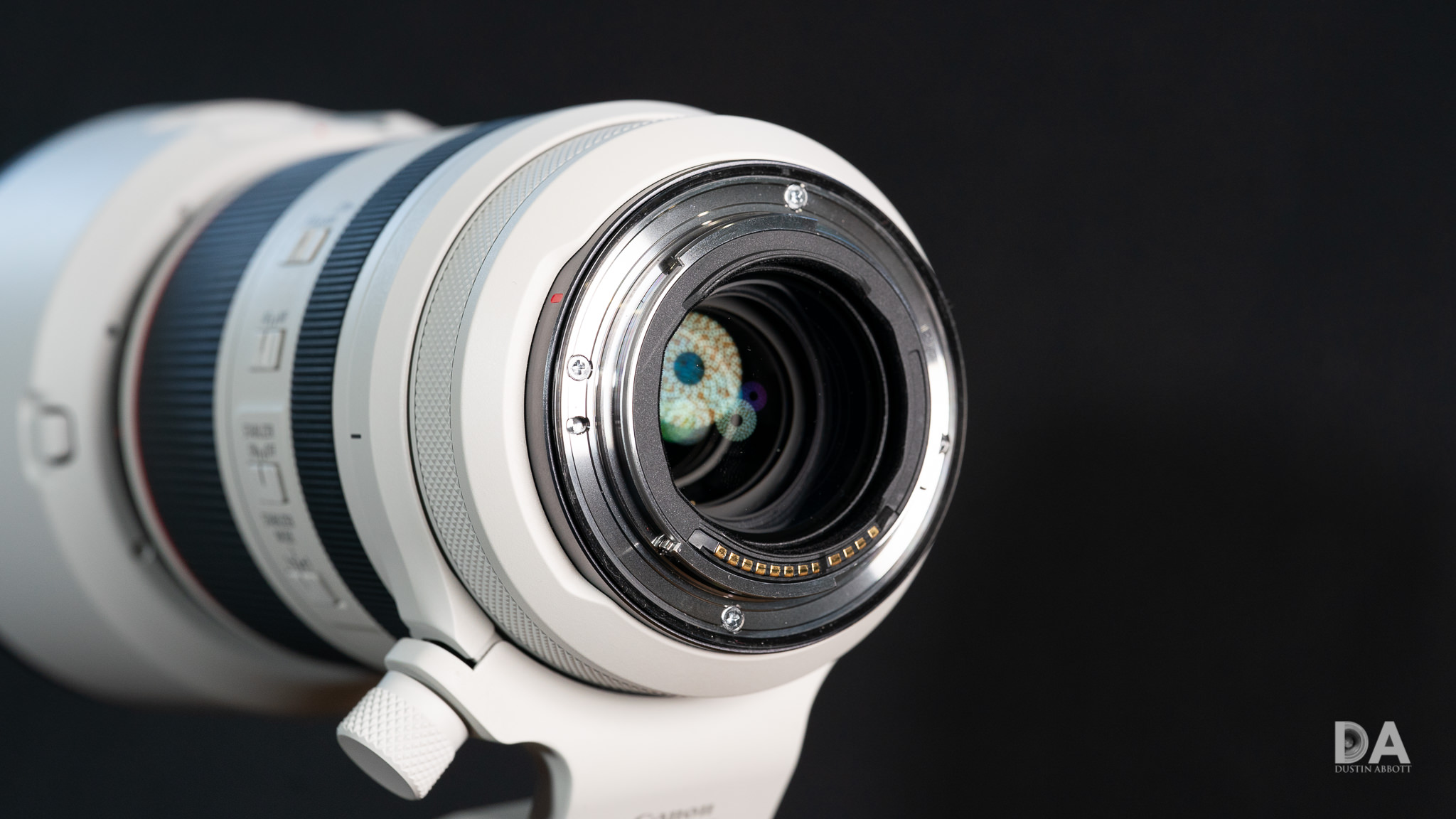
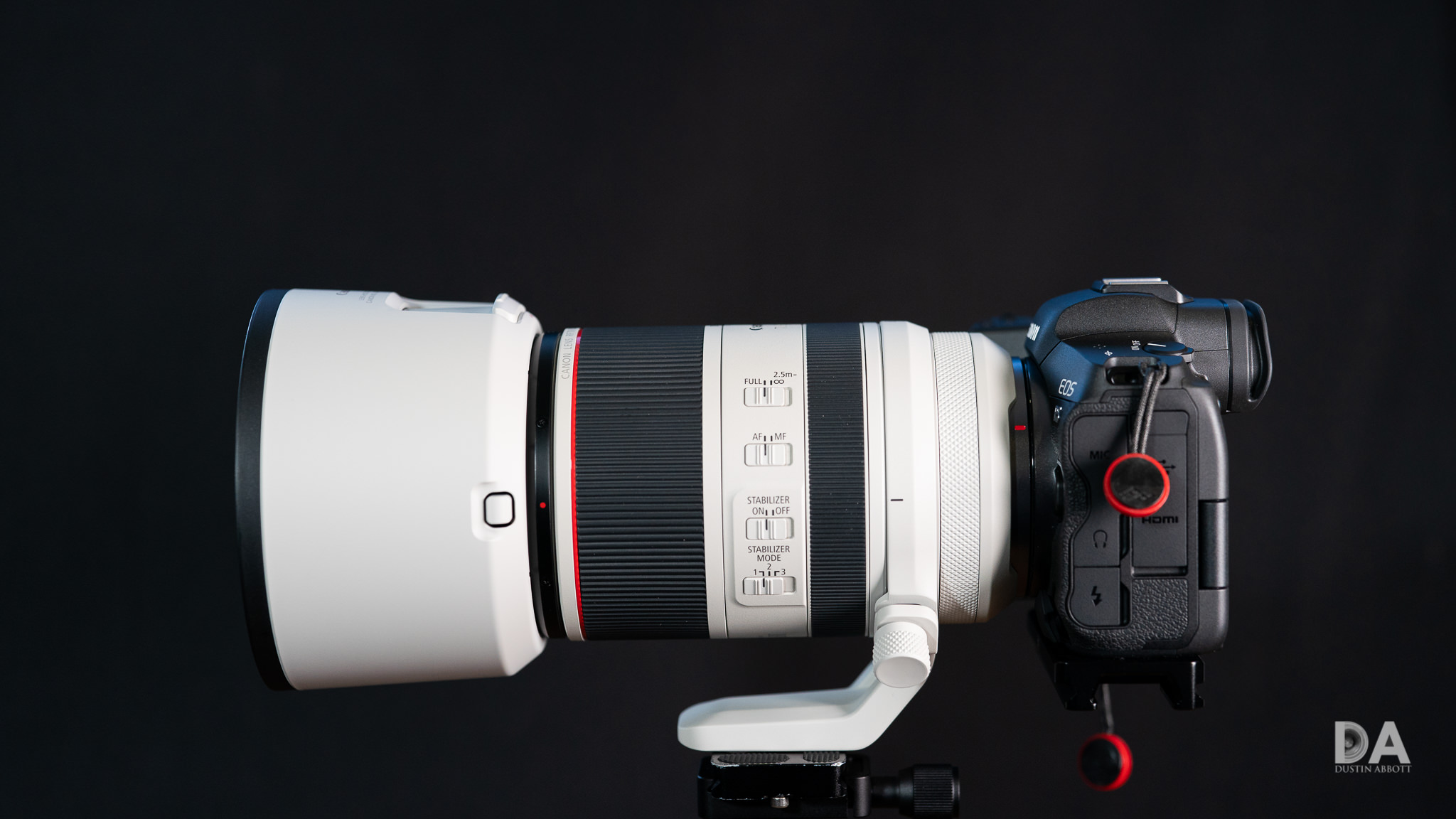
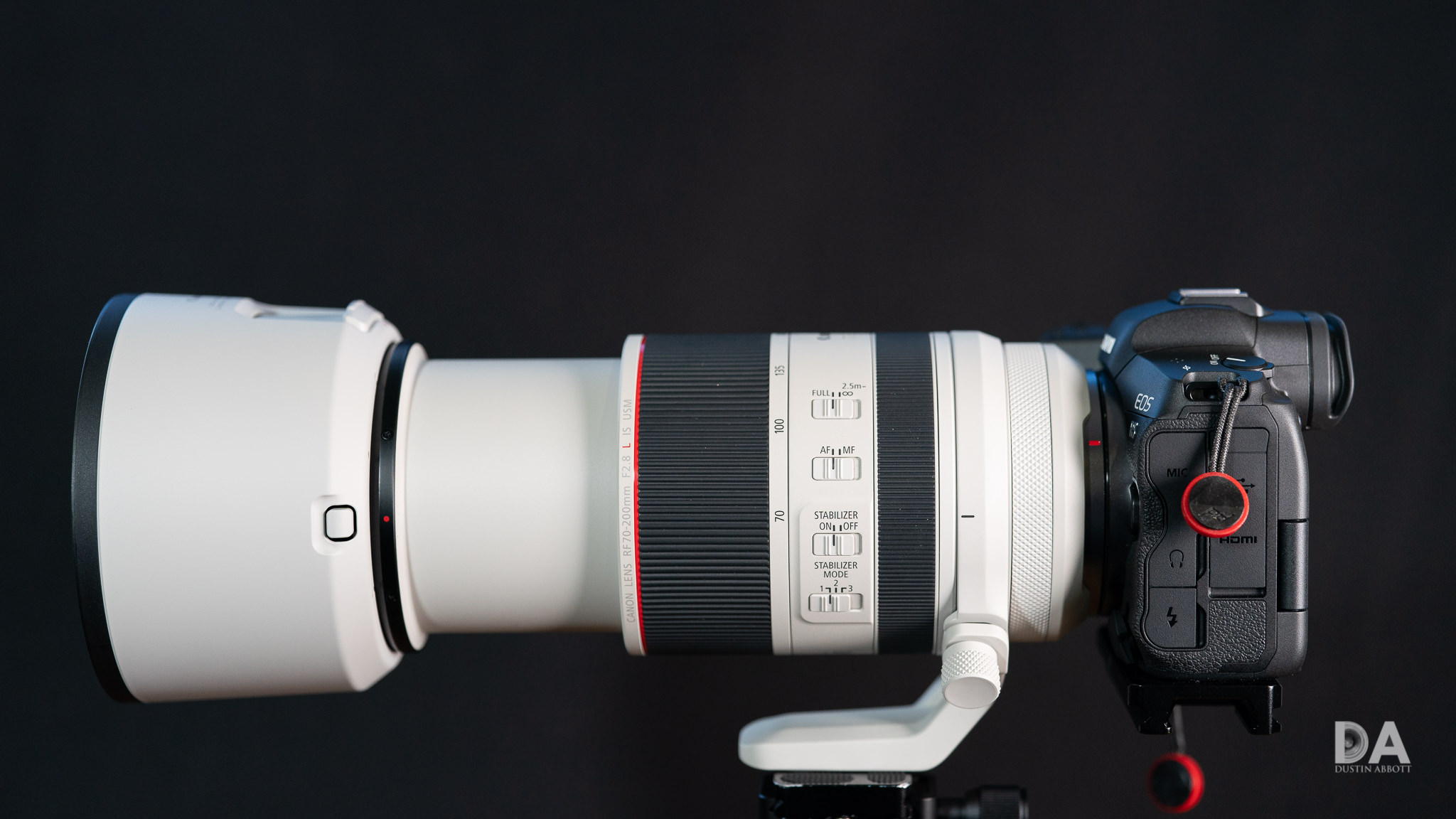
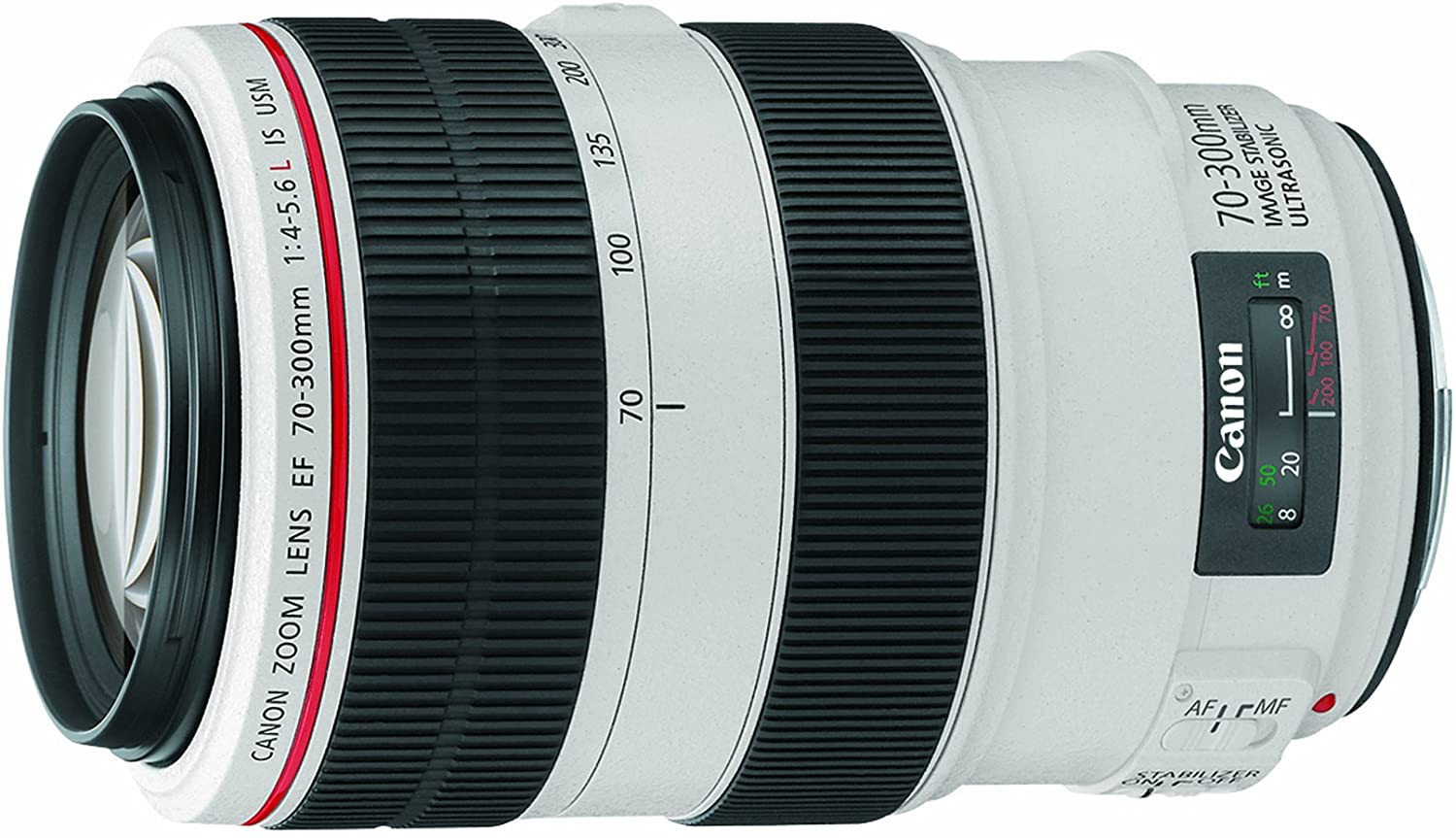
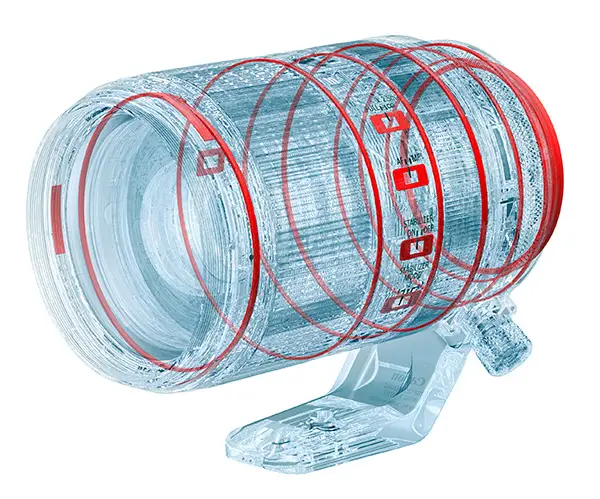




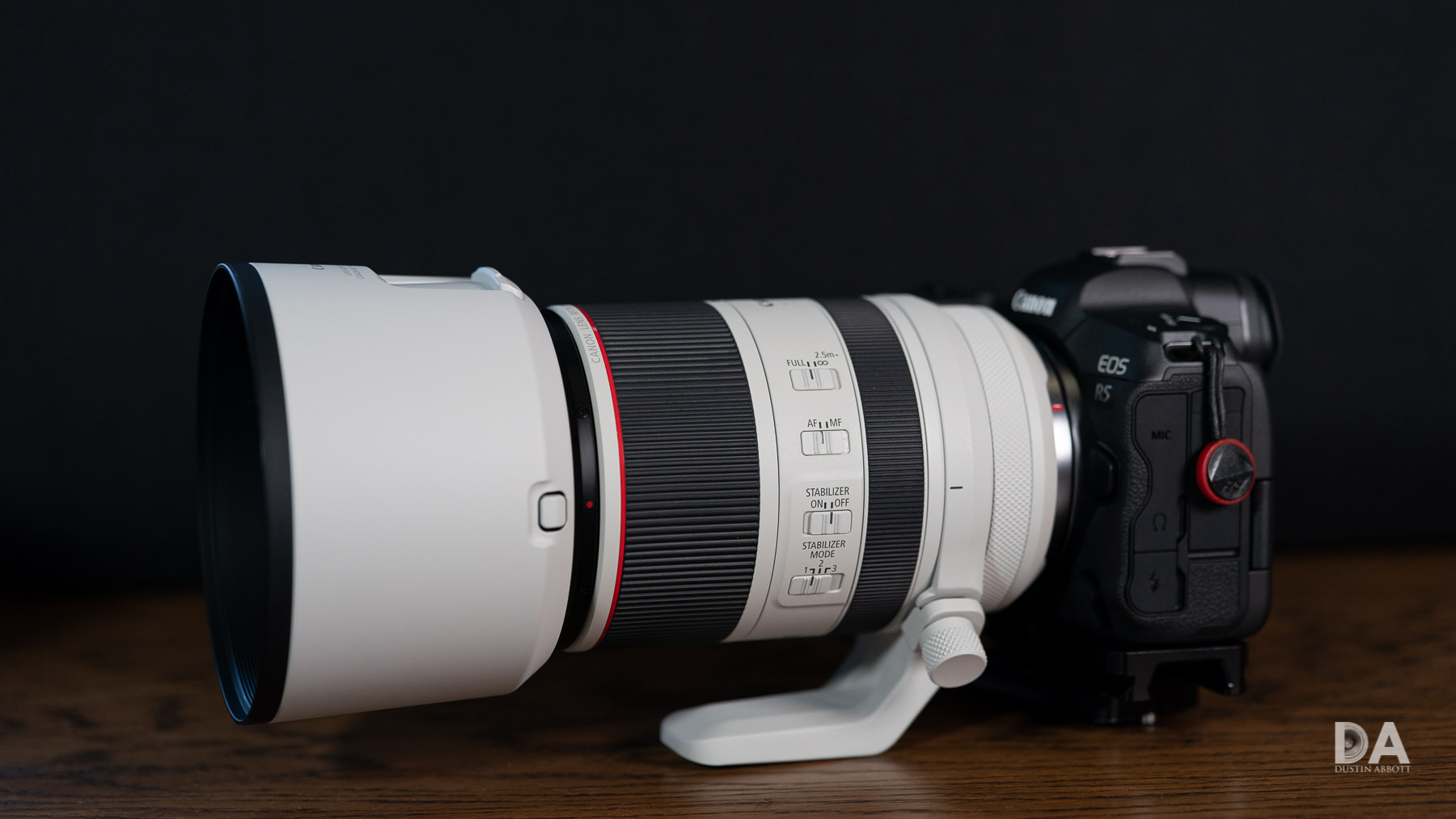
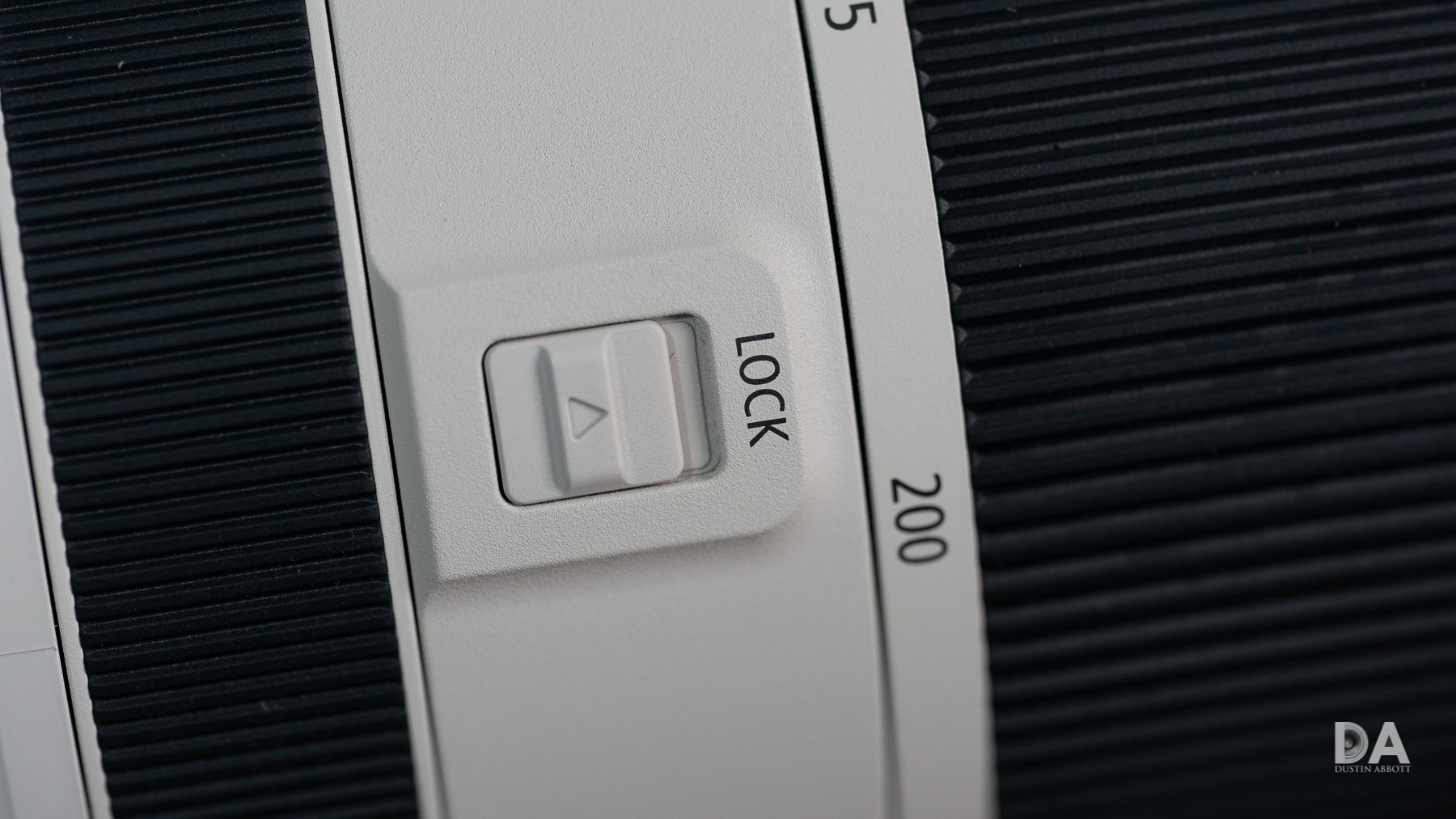

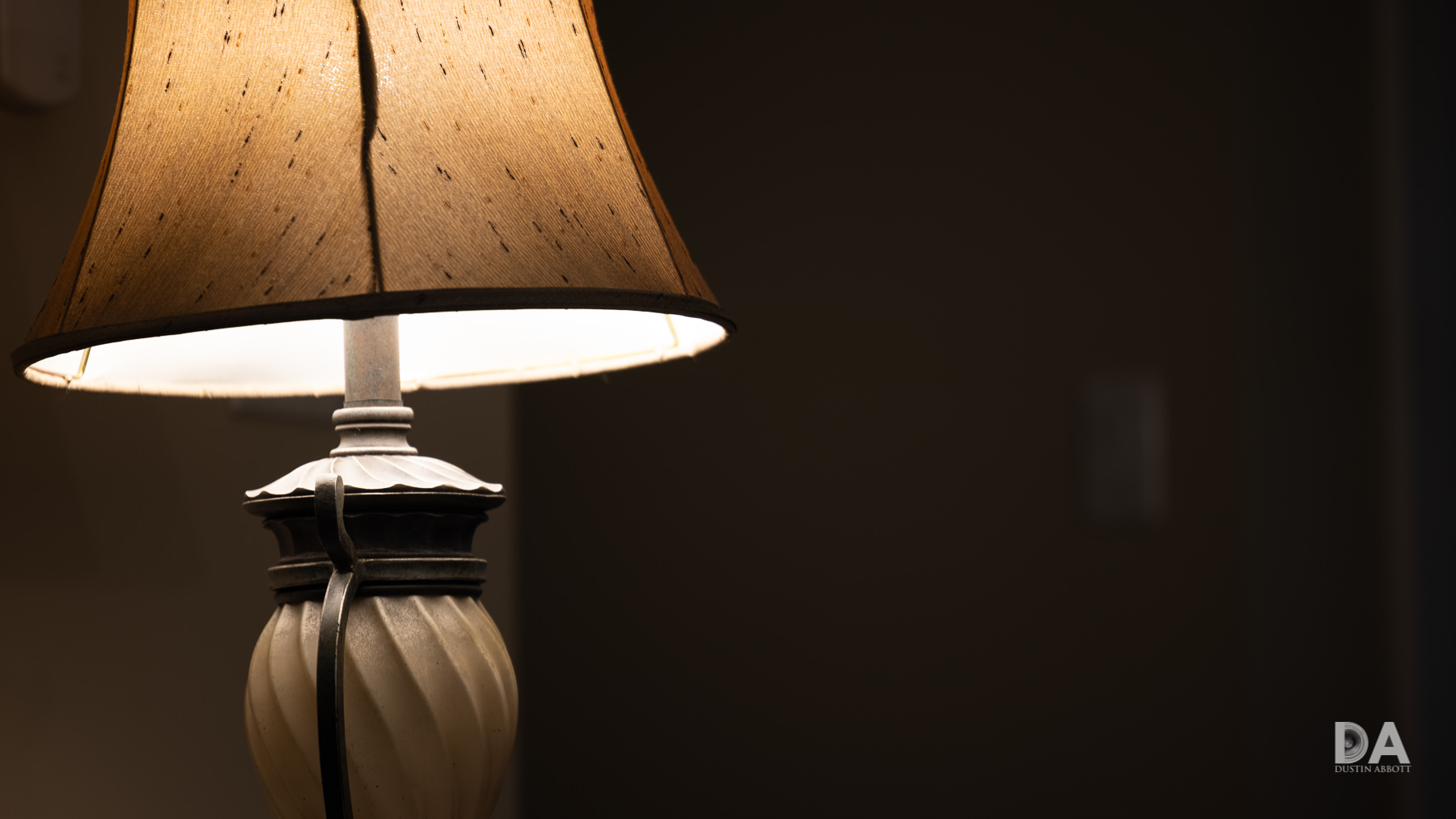
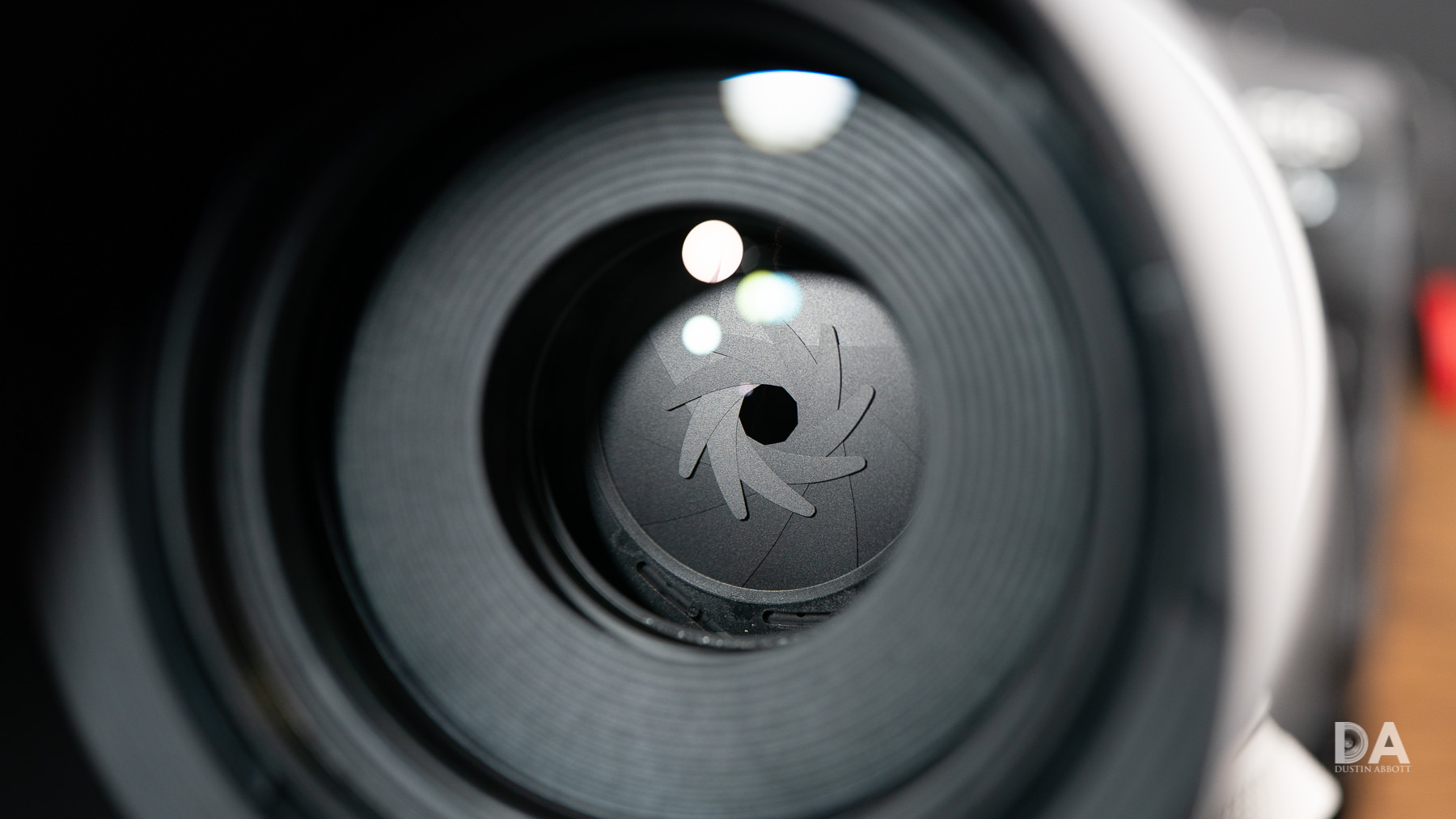
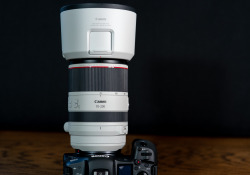
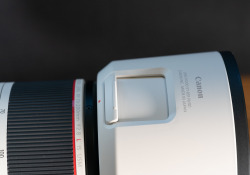
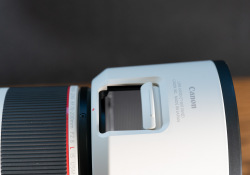
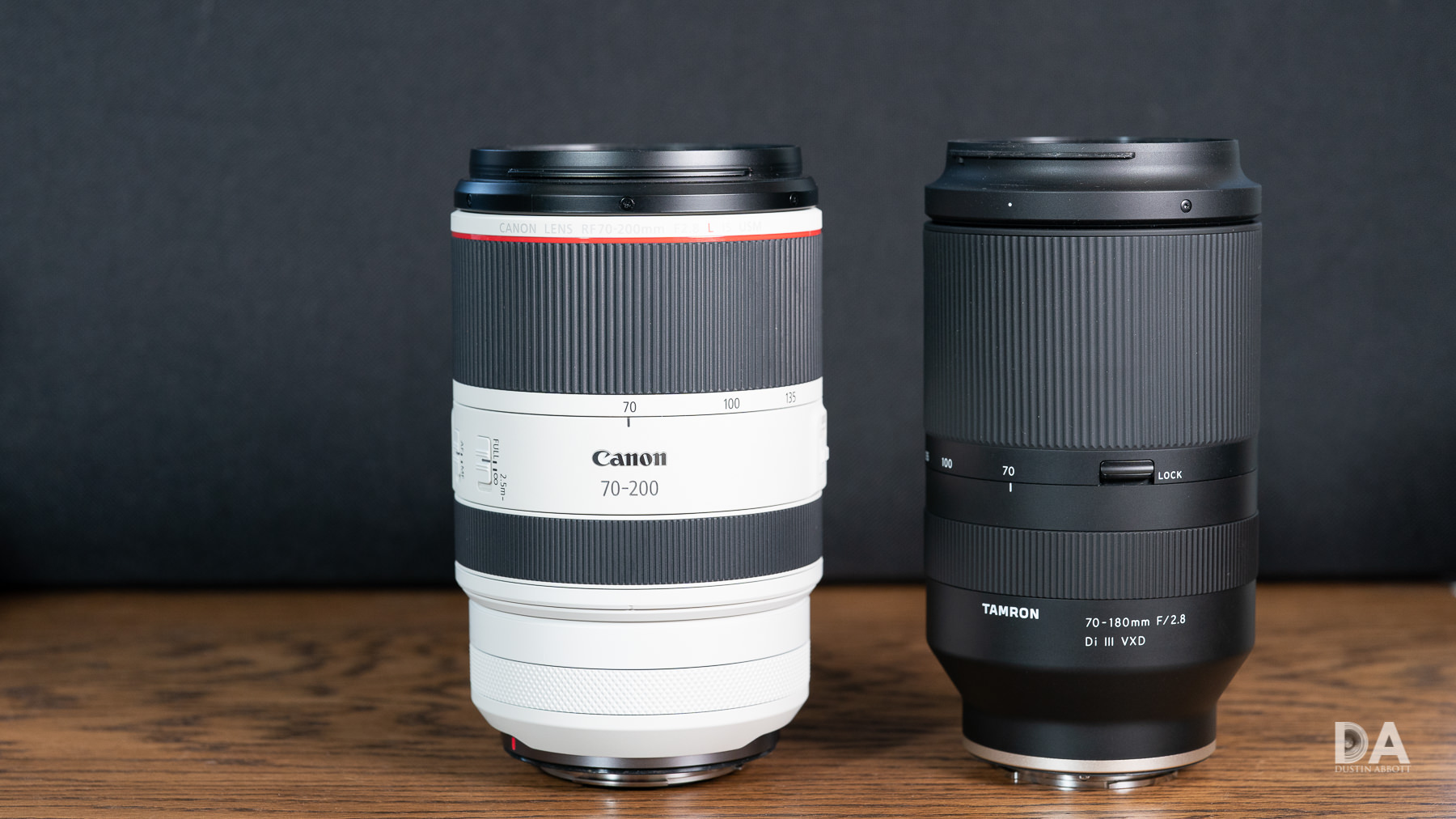



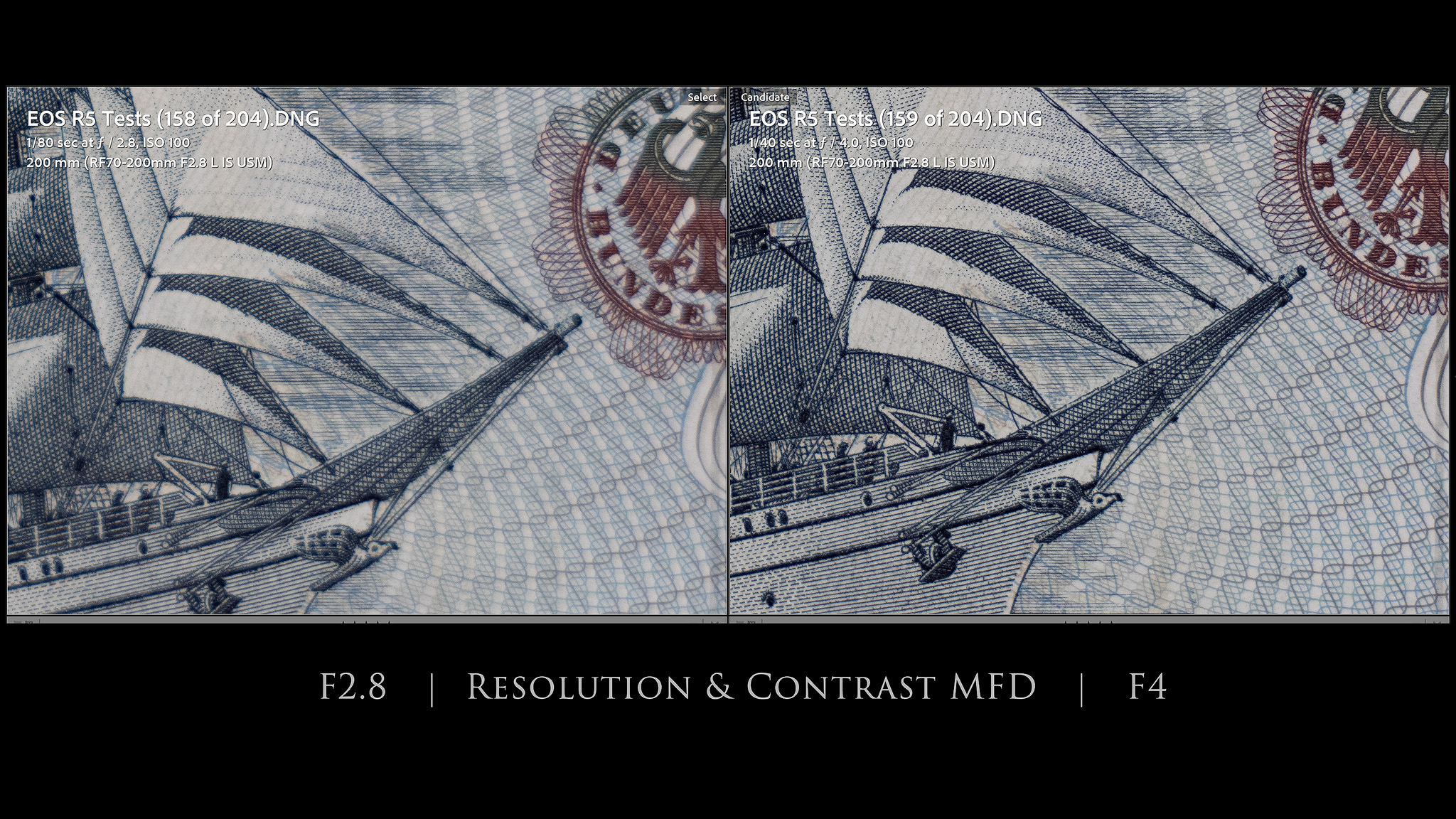
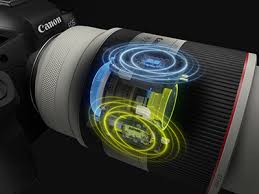







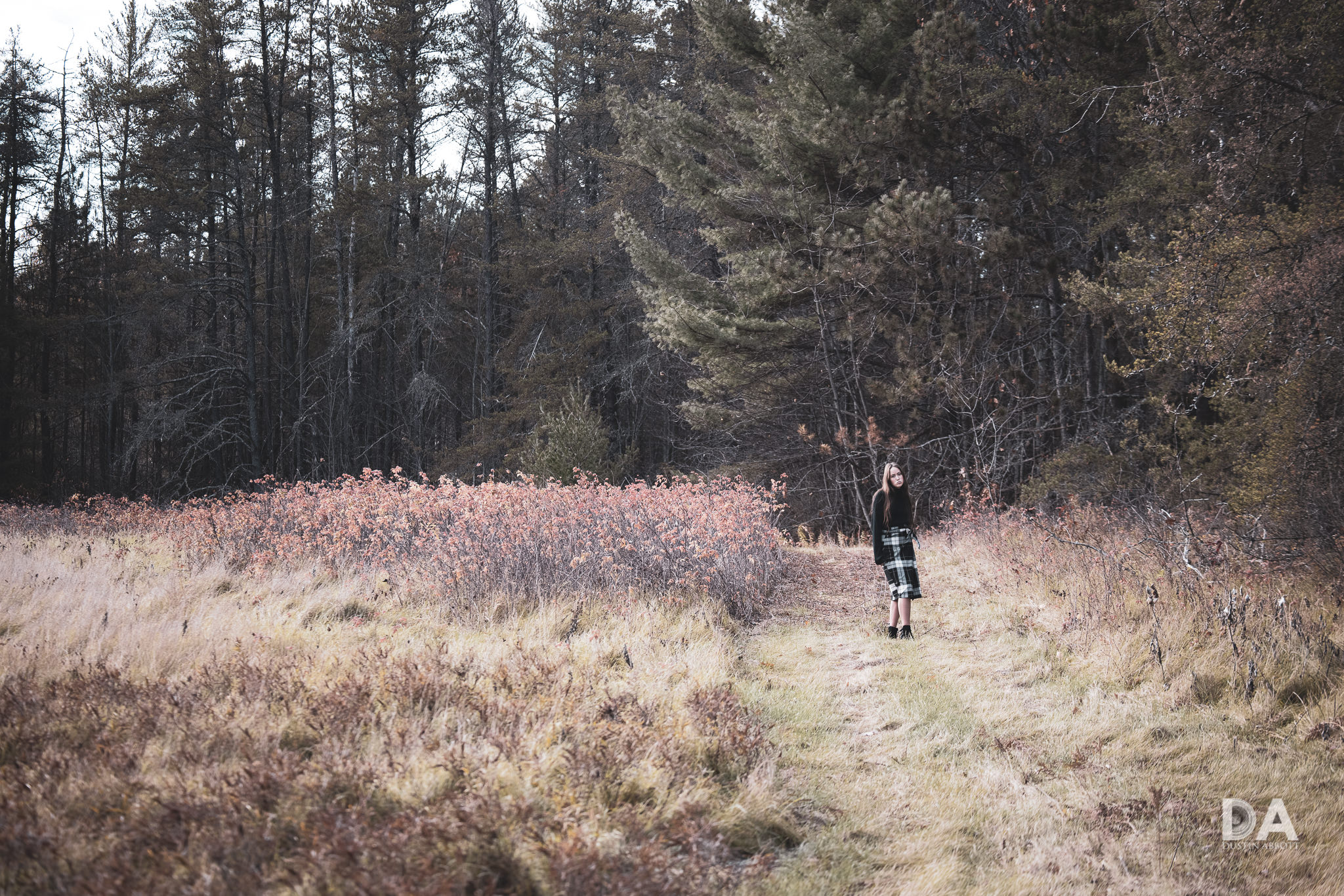
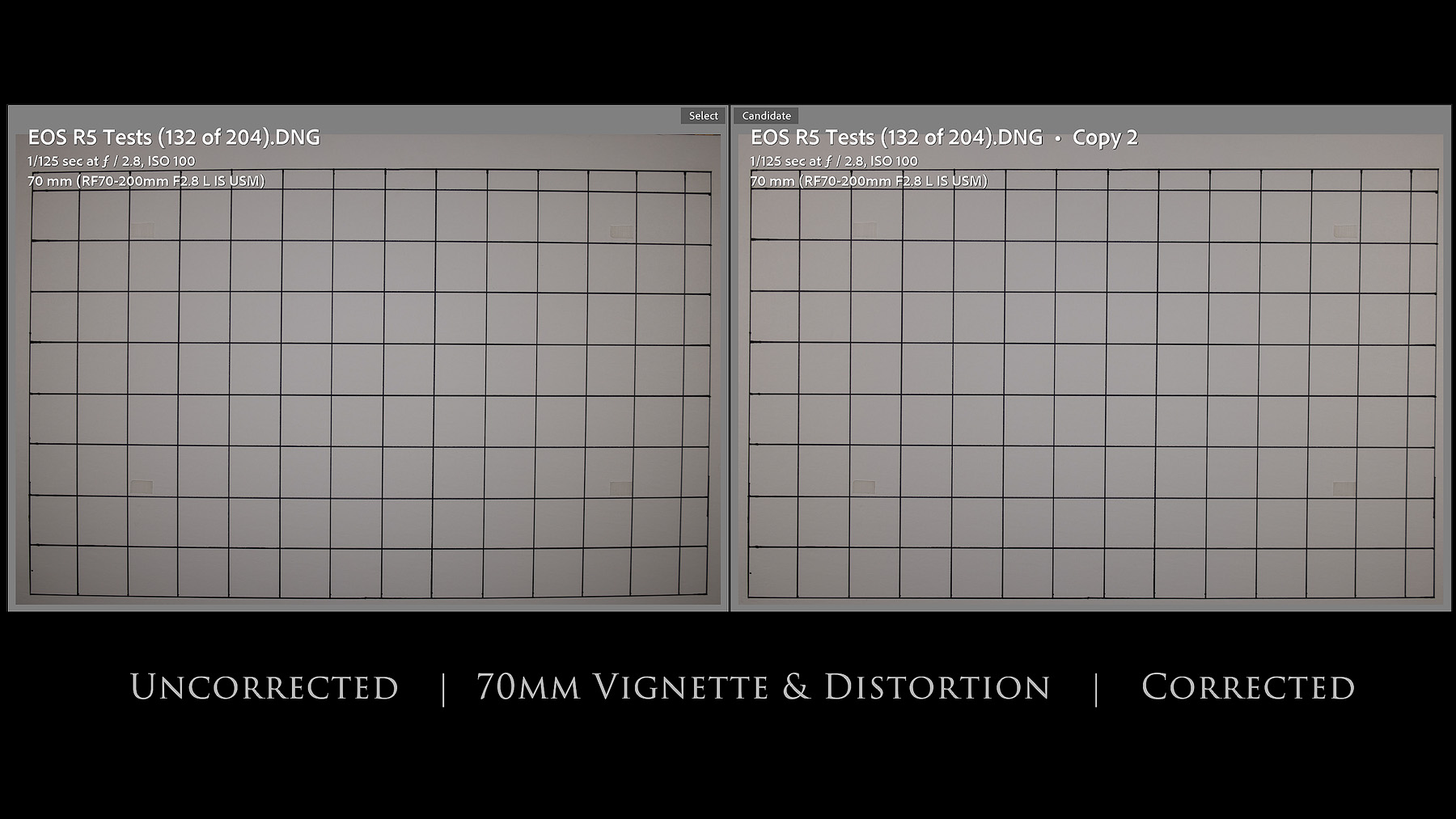
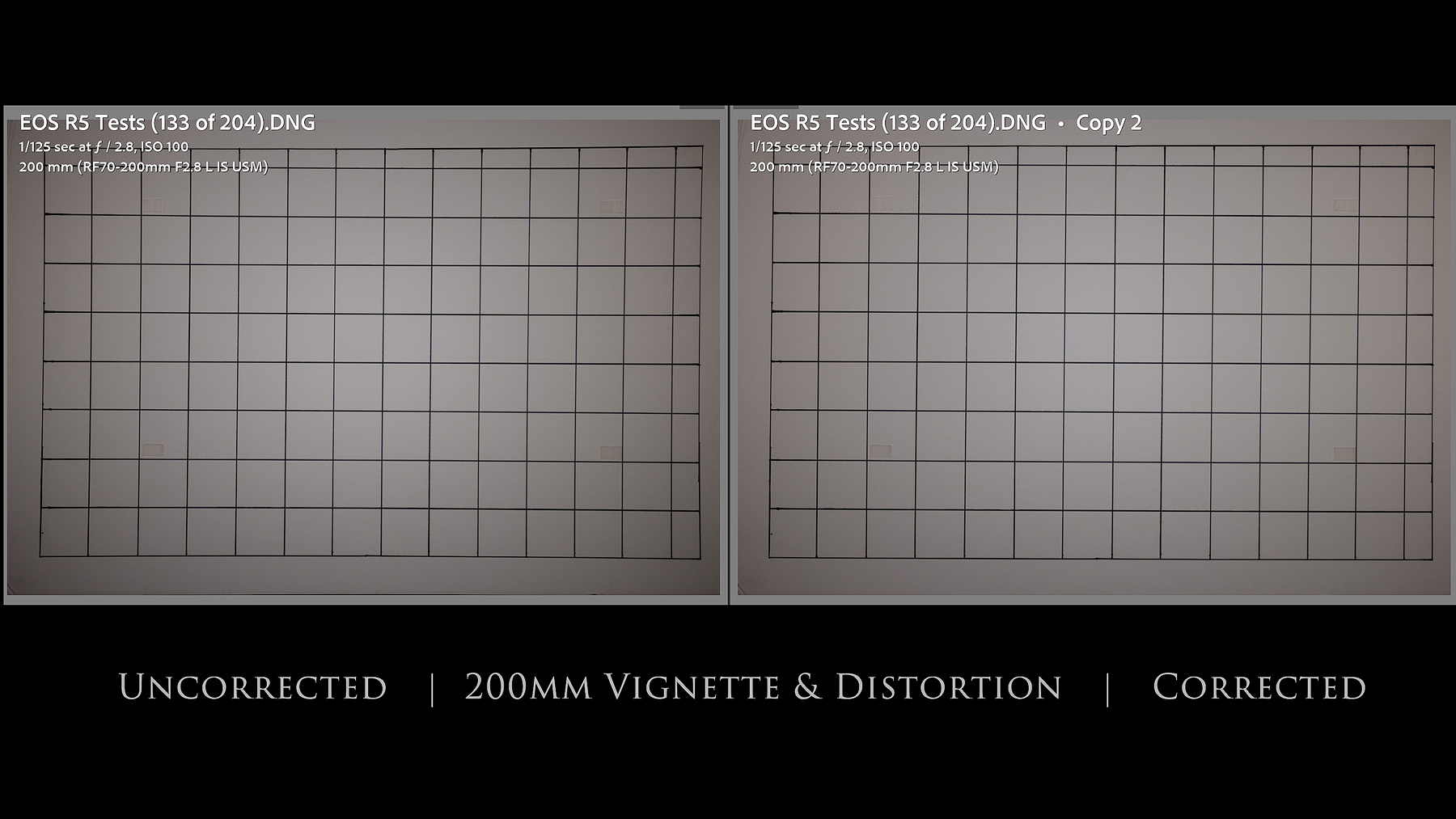

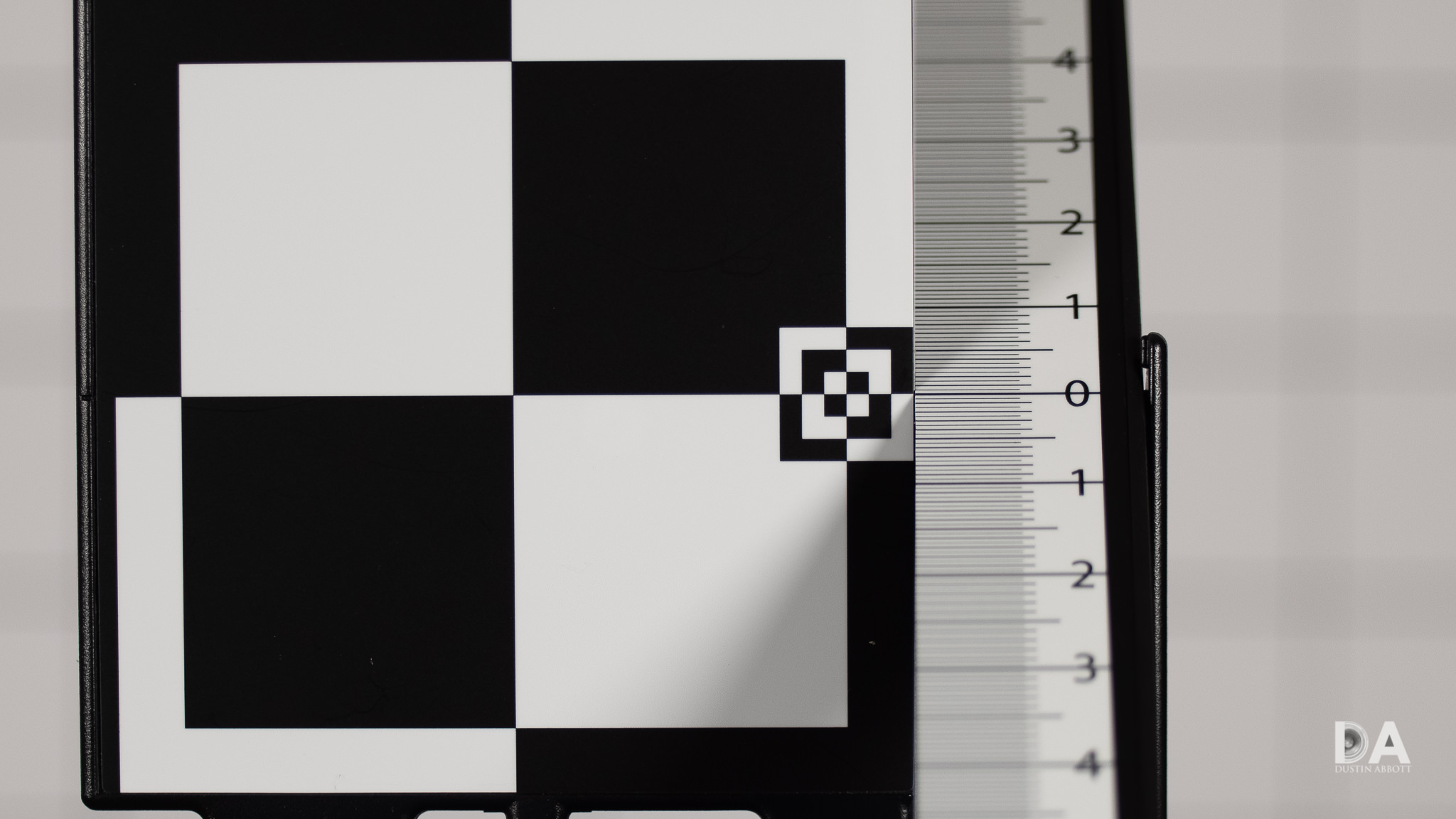
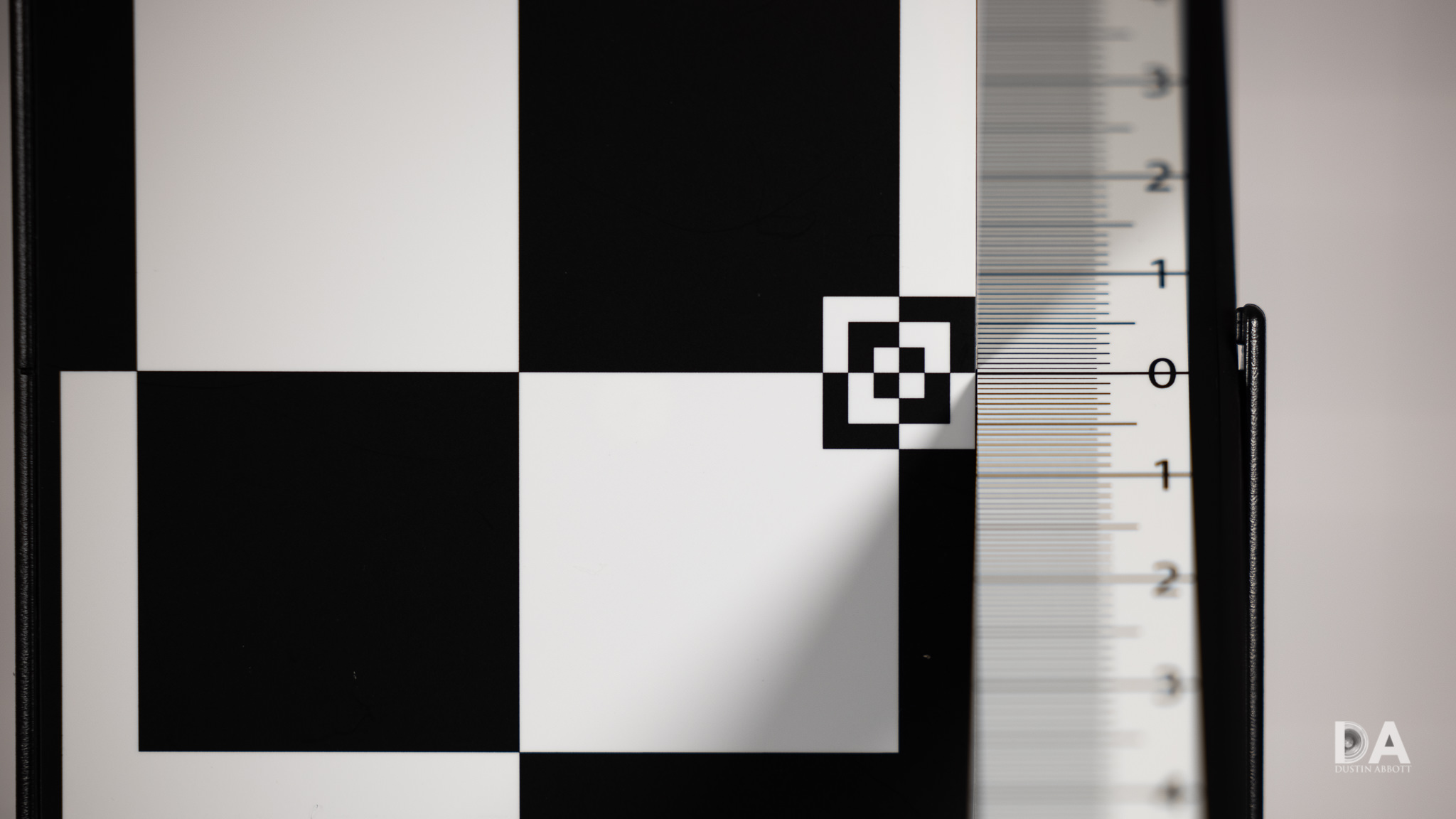


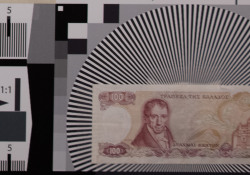
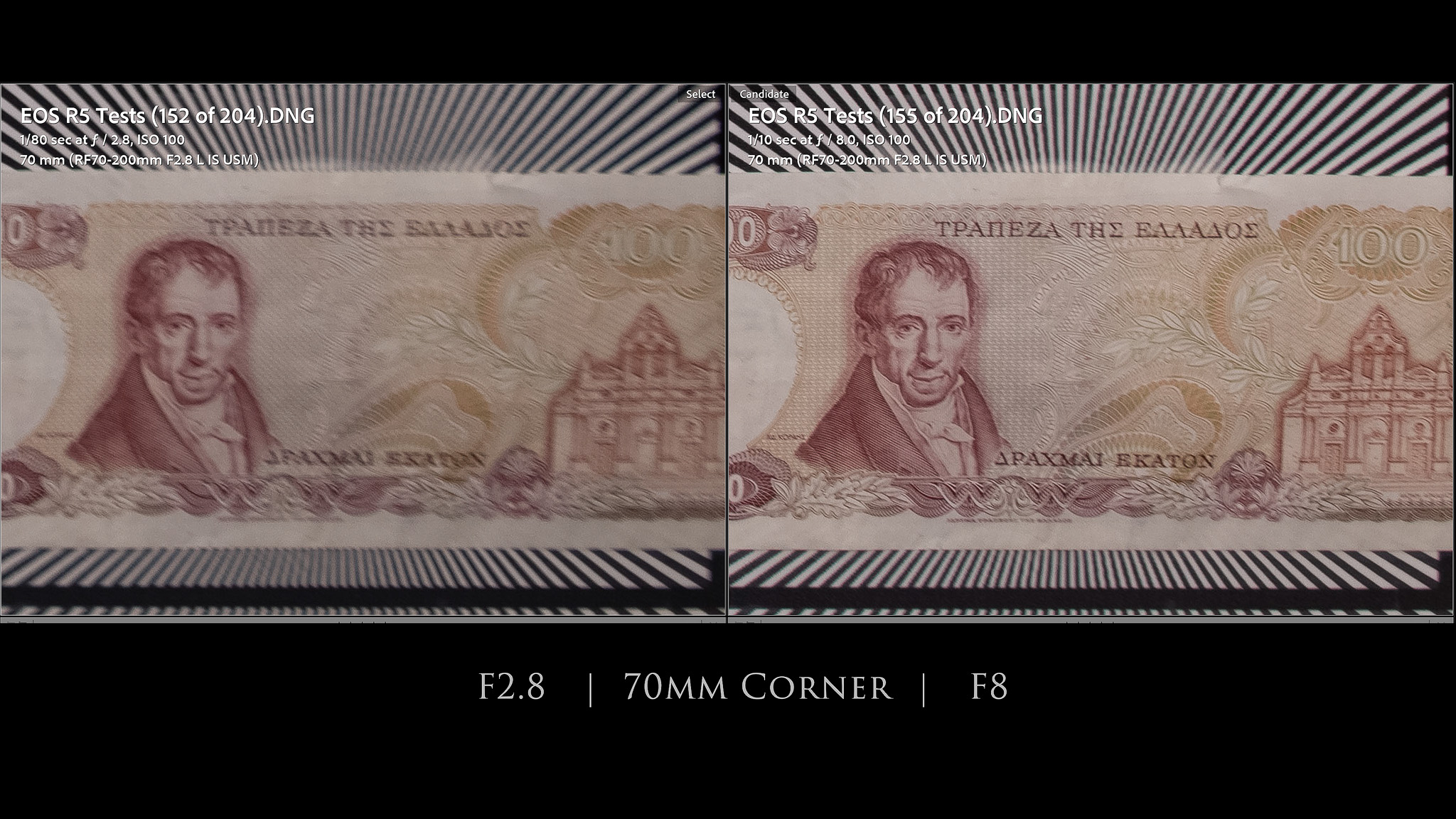
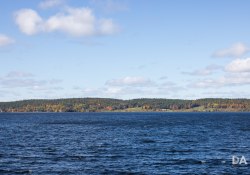

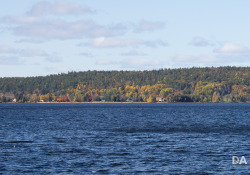



















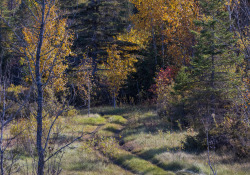













 Viltrox Pro AF 85mm F1.4 FE Gallery
Viltrox Pro AF 85mm F1.4 FE Gallery  Viltrox AF 85mm F1.4 PRO FE Review
Viltrox AF 85mm F1.4 PRO FE Review  Yongnuo YN 35mm F1.8 ART Gallery
Yongnuo YN 35mm F1.8 ART Gallery  Yongnuo YN 35mm F1.8 DA ART Review
Yongnuo YN 35mm F1.8 DA ART Review 


